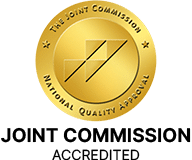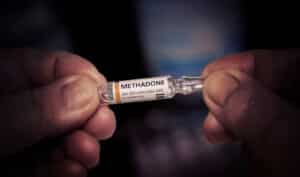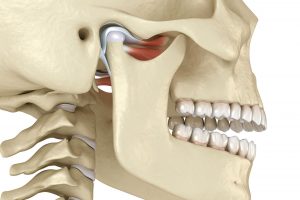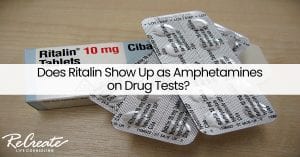

Recognized for excellence in substance abuse and behavioral health treatment by the Joint Commission

Is Disorderly Conduct a Violent Crime?
Generally, disorderly conduct is not classified as a violent crime unless it involves physical harm or the threat of violence.
Addiction Treatment Center
Twelve-step programs — In an American survey of treatment providers from three separate institutions (the National Association of Alcoholism and Drug Abuse…

Imagine a situation where someone is causing a disturbance in public by shouting and being unruly. This behavior might be...

How Long Can You Be on Methadone?
For many people dealing with opioid addiction, methadone is a life-saving treatment. This medication can be a very effective way...

When to Walk Away from Someone with Mental Illness
If you’re struggling to maintain a relationship with someone who has a mental health condition, you’re not alone. More than...

Does Xanax Abuse Cause Weight Gain or Loss?
Xanax (alprazolam) is a powerful benzodiazepine medication that can be used to treat anxiety and panic disorders. It works by...

Coke Jaw
Cocaine abuse is fairly easy to spot. Dilated pupils, excessive sweating, grumpiness, and unusual behavior are telltale signs that someone...

What Is the Most Expensive Drug in the World?
When people think of paying a lot for drugs, they typically pay large amounts for illegal substances like cocaine, which...

Does Ritalin Show as Amphetamines on Drug Tests?
Ritalin, the brand name for a commonly prescribed medication for Attention Deficit Hyperactivity Disorder (ADHD), has garnered attention regarding its...

Is Ritalin More Addictive Than Concerta?
Ritalin and Concerta are CNS stimulant medications that are used to treat ADHD (attention deficit hyperactivity disorder). Both of these...

Mixing Buprenorphine and Ultram
Buprenorphine is a partial opioid agonist used to treat those with opioid use disorder or opioid dependency. It does provide...

